The majestic big cats that roam our planet are under threat like never before. These magnificent creatures, from the roaring lions of Africa to the elusive snow leopards of Asia, are facing challenges that are pushing them closer to extinction. For cat enthusiasts, the thought of losing these iconic animals is heart-wrenching. In the wild, big cats play a vital role in maintaining the balance of their ecosystems. Yet, despite their importance, they are being driven to the brink by a variety of human and environmental factors. Understanding these threats is crucial in our efforts to protect and preserve these incredible animals for future generations.
Habitat Loss: A Shrinking World for Big Cats
One of the most significant threats to big cat survival is habitat loss. As human populations expand, natural habitats are being destroyed to make way for agriculture, urbanization, and infrastructure development. Forests are being cut down, grasslands are being converted to farmland, and urban sprawl is encroaching on wild territories. This reduction in habitat not only decreases the space available for big cats but also fragments their living areas, making it difficult for them to find food, mates, and shelter. Imagine trying to live in a house that keeps getting smaller and smaller – it’s not sustainable.
Poaching: The Illegal Trade That Kills
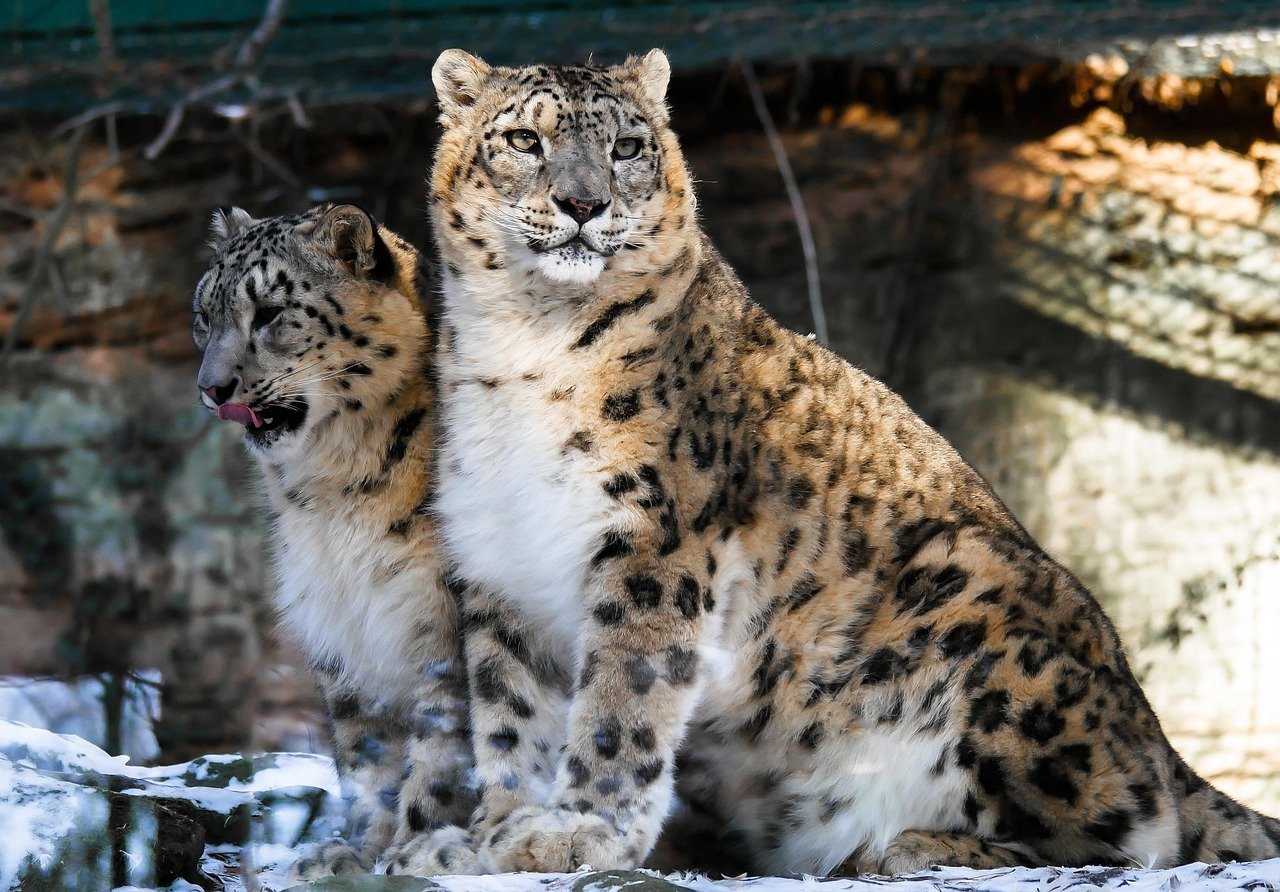
Poaching remains a significant threat to big cats worldwide. Driven by the lucrative illegal wildlife trade, poachers hunt these animals for their fur, bones, and other body parts, which are often used in traditional medicine or sold as trophies. Despite international laws and efforts to crack down on poaching, the demand for big cat parts remains high. Many big cat species have seen their numbers plummet due to poaching. It’s as if they are being hunted to extinction, one by one, for nothing more than human greed.
Human-Wildlife Conflict: A Battle for Coexistence
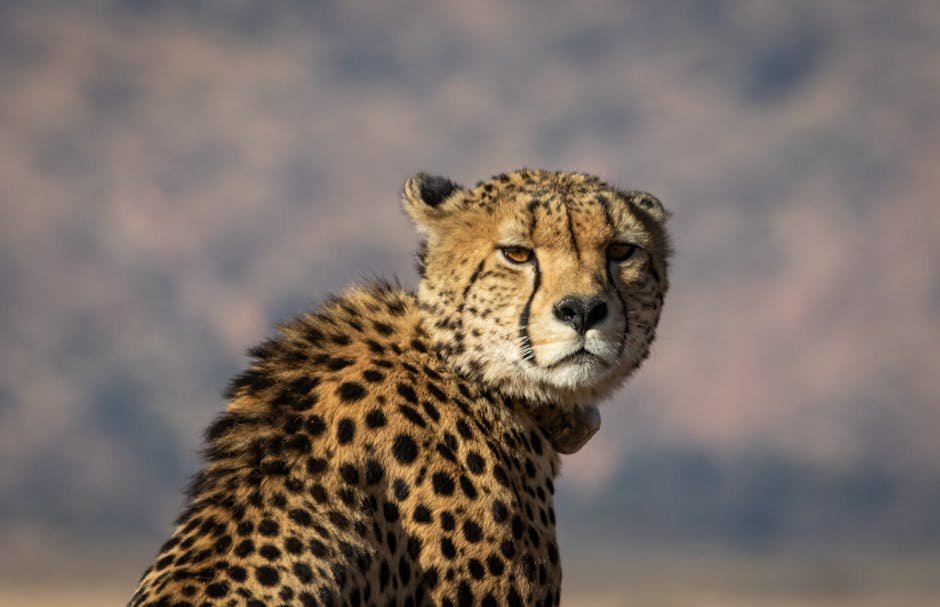
As human populations grow, the line between human and wildlife territories becomes increasingly blurred. Big cats often venture into human settlements in search of food, leading to conflicts with people. Farmers and livestock owners, in particular, see big cats as threats to their livelihood and may resort to killing them to protect their animals. This conflict is a significant challenge in regions where people and big cats share the landscape. Imagine living next door to a predator – tensions are bound to arise.
Climate Change: An Unpredictable Future

Climate change is altering the habitats and ecosystems that big cats depend on. Rising temperatures, changing rainfall patterns, and more frequent extreme weather events can have devastating impacts on big cat populations. For instance, snow leopards are highly adapted to cold mountainous regions, but as temperatures rise, their habitats are shrinking. Climate change is like a game of musical chairs, and the big cats are finding fewer and fewer places to sit.
Prey Depletion: The Empty Dinner Table
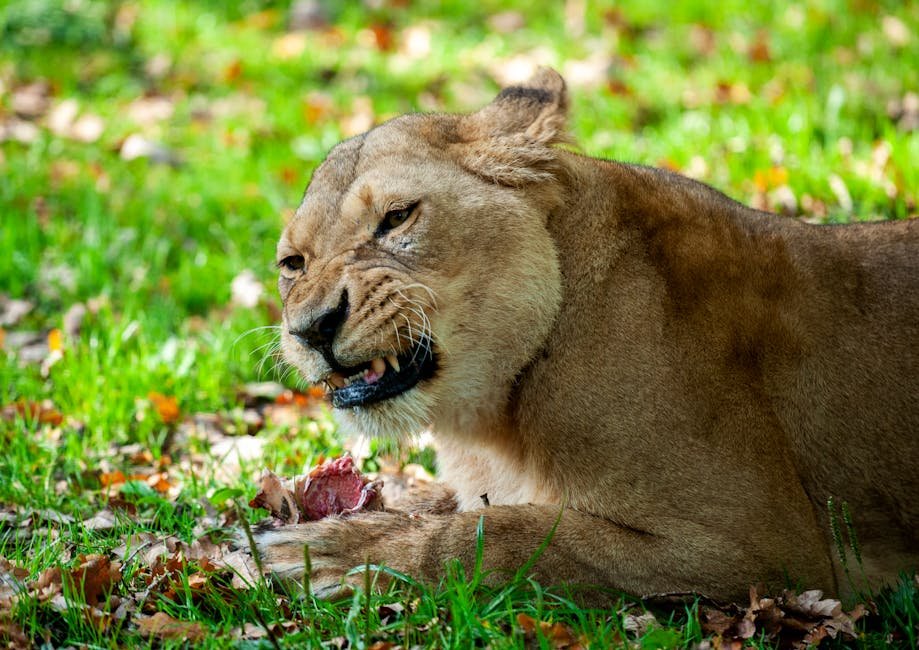
Big cats rely on a stable food supply to survive, but prey species are also under threat. Overhunting, habitat destruction, and environmental changes have led to declines in prey populations. Without enough food, big cats struggle to survive and reproduce. It’s like trying to run a marathon without any fuel – unsustainable and ultimately impossible.
Genetic Bottleneck: The Perils of Inbreeding
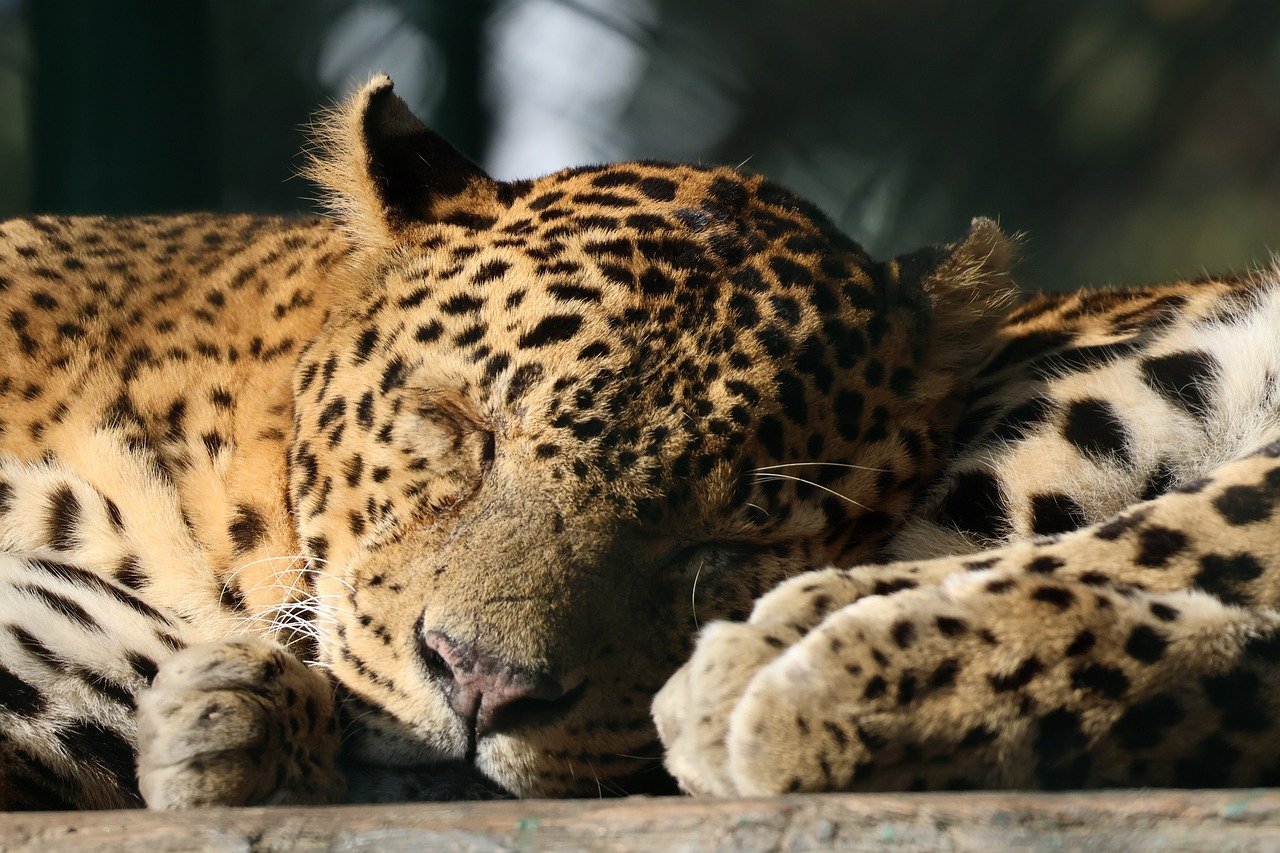
With dwindling populations, many big cat species are experiencing genetic bottlenecks. This occurs when a population becomes so small that inbreeding becomes common, leading to a loss of genetic diversity. Inbred animals are more susceptible to diseases and have lower fertility rates, further endangering their survival. It’s like having a shallow gene pool – limited and vulnerable.
Illegal Pet Trade: Big Cats in Bind
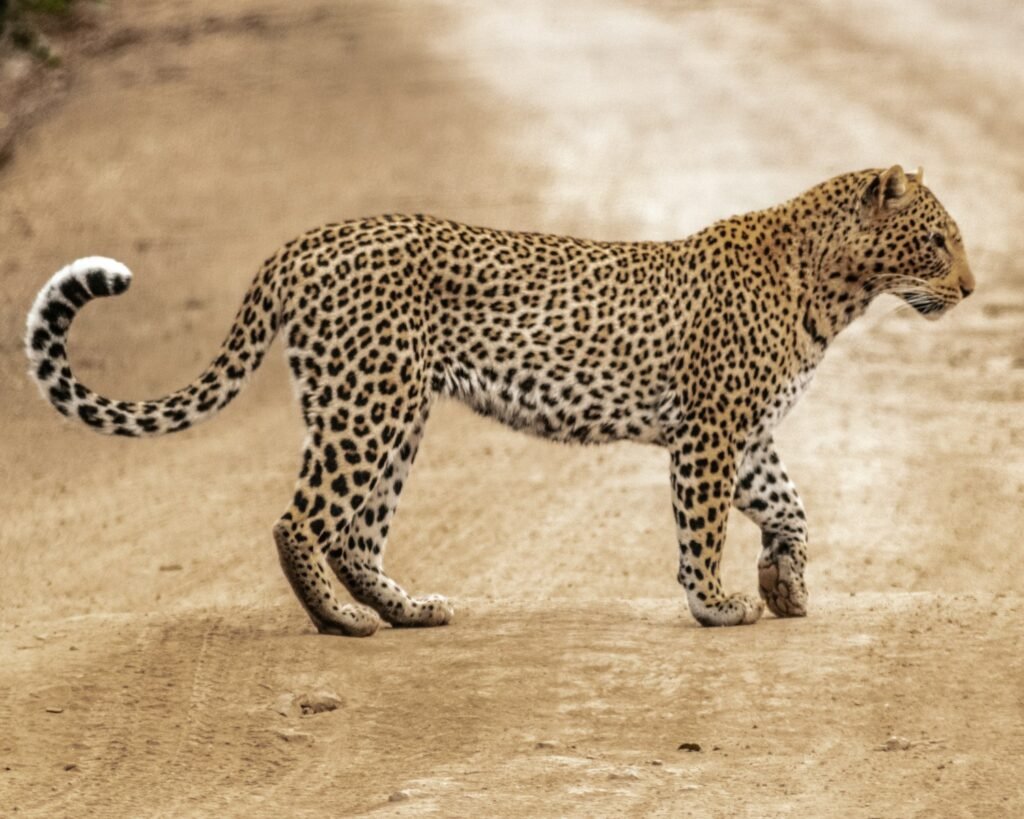
The illegal pet trade poses a significant threat to big cats, with cubs being taken from the wild to be sold as exotic pets. This practice not only reduces wild populations but also subjects these animals to inadequate living conditions and care. Big cats are not meant to be kept as pets; they are wild animals with complex needs. Imagine trying to keep a lion in your living room – it’s not just impractical, it’s dangerous.
Pollution: A Toxic Environment

Pollution, particularly from pesticides and industrial chemicals, can have harmful effects on big cats. These toxins can accumulate in the food chain, leading to health problems and reproductive issues in predators. Additionally, plastic waste and other pollutants can degrade habitats and further threaten big cat populations. Pollution is like a silent killer, slowly but surely impacting every level of the ecosystem.
Diseases: A Hidden Assassin
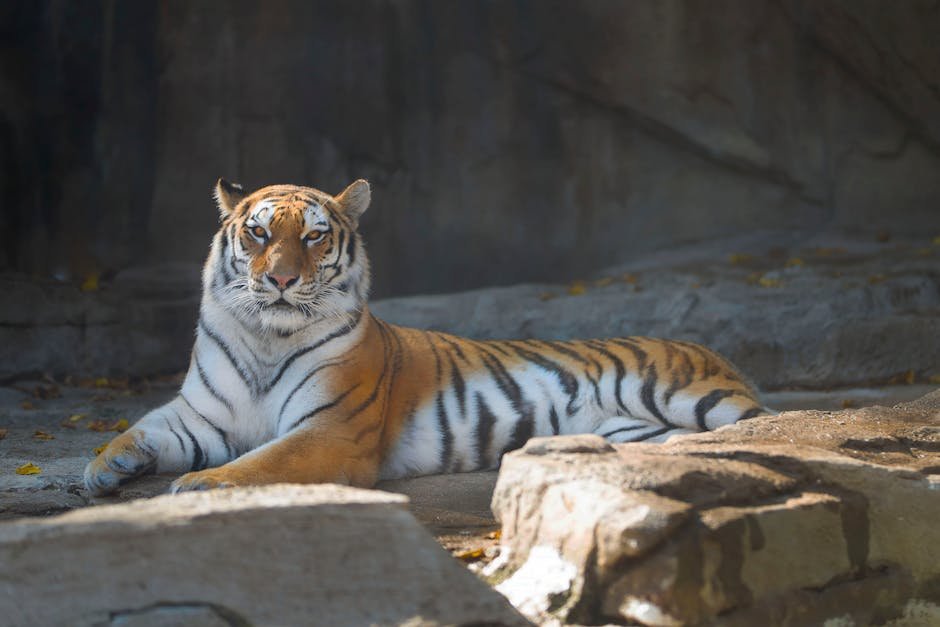
Diseases pose a significant threat to big cat populations, especially when they are spread from domestic animals. As humans encroach on wild areas, the risk of disease transmission increases. In some cases, entire populations have been decimated by diseases introduced by humans or domestic animals. It’s like an invisible enemy, striking when least expected and with devastating effect.
Human Ignorance: A Lack of Awareness
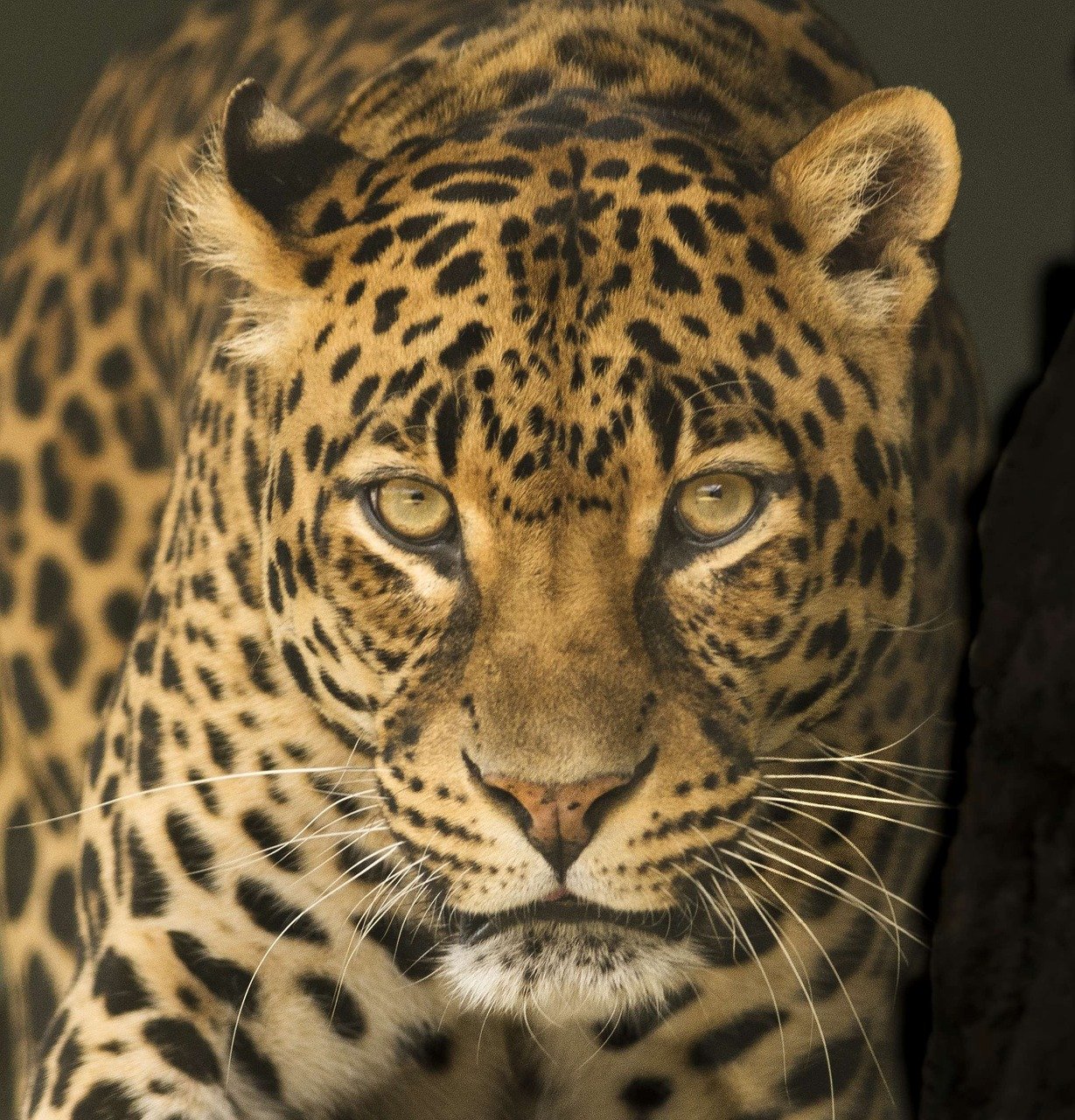
Perhaps one of the greatest threats to big cats is human ignorance. Many people are unaware of the challenges these animals face or the importance of their conservation. Without awareness and education, it’s challenging to garner the support needed to protect big cats and their habitats. It’s as if the plight of these magnificent creatures is happening in the shadows, unseen and unaddressed.
Conservation Efforts: A Ray of Hope
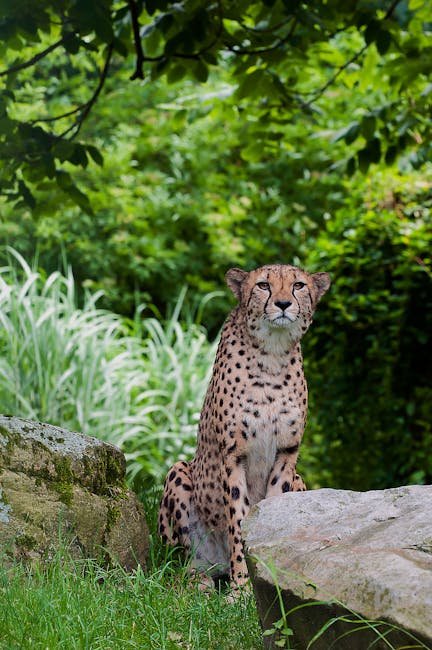
Thankfully, there are numerous conservation efforts underway to protect big cats. From anti-poaching patrols to habitat restoration projects, dedicated individuals and organizations are working tirelessly to ensure the survival of these animals. These efforts are like a lifeline, offering hope in a sea of challenges.
Community Engagement: Empowering Local Populations
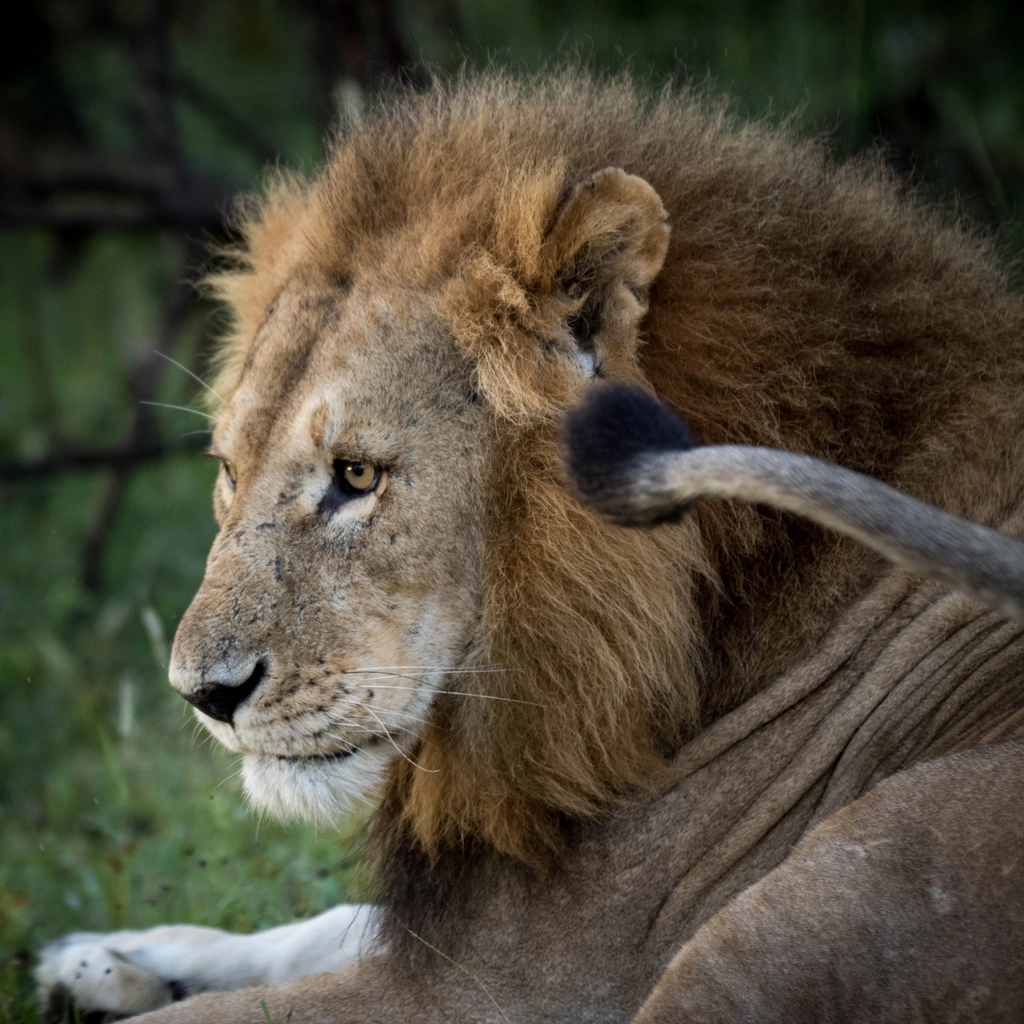
Engaging local communities in conservation efforts is crucial for the success of big cat protection. By involving people who live alongside these animals, and providing them with education and resources, we can reduce conflict and promote coexistence. It’s like building a bridge, connecting people and wildlife for a common cause.
International Cooperation: A Global Effort
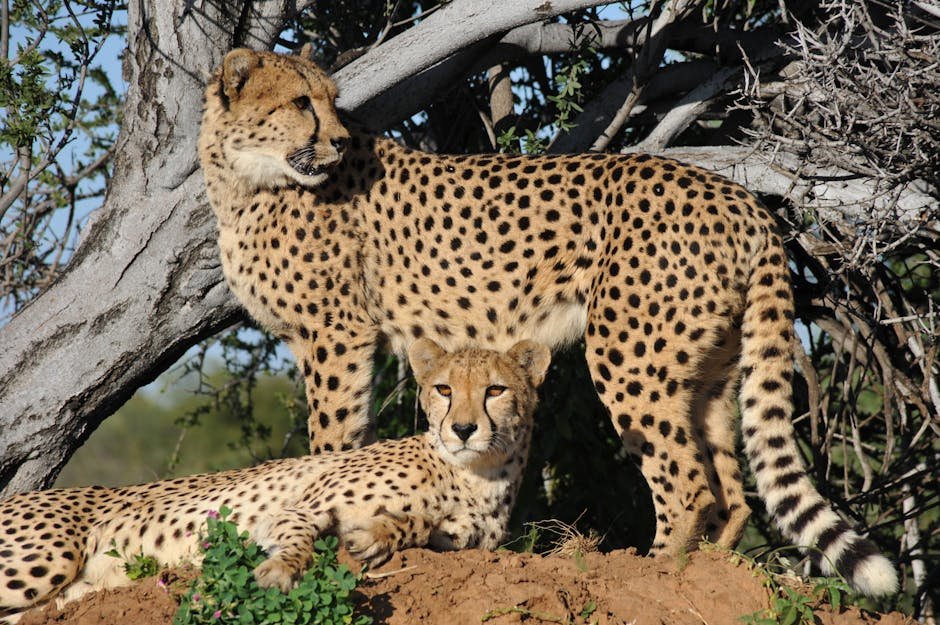
Big cat conservation requires international cooperation, as these animals do not recognize national borders. By working together, countries can share resources, knowledge, and strategies to protect these animals on a global scale. It’s like a team sport – success depends on everyone playing their part.
Technological Innovations: New Tools for Conservation
Advancements in technology are providing new tools for big cat conservation. From satellite tracking to camera traps, these innovations allow researchers to monitor populations and behaviors more effectively. Technology is like a magnifying glass, allowing us to see and understand the challenges these animals face more clearly.
Education and Awareness: Spreading the Word
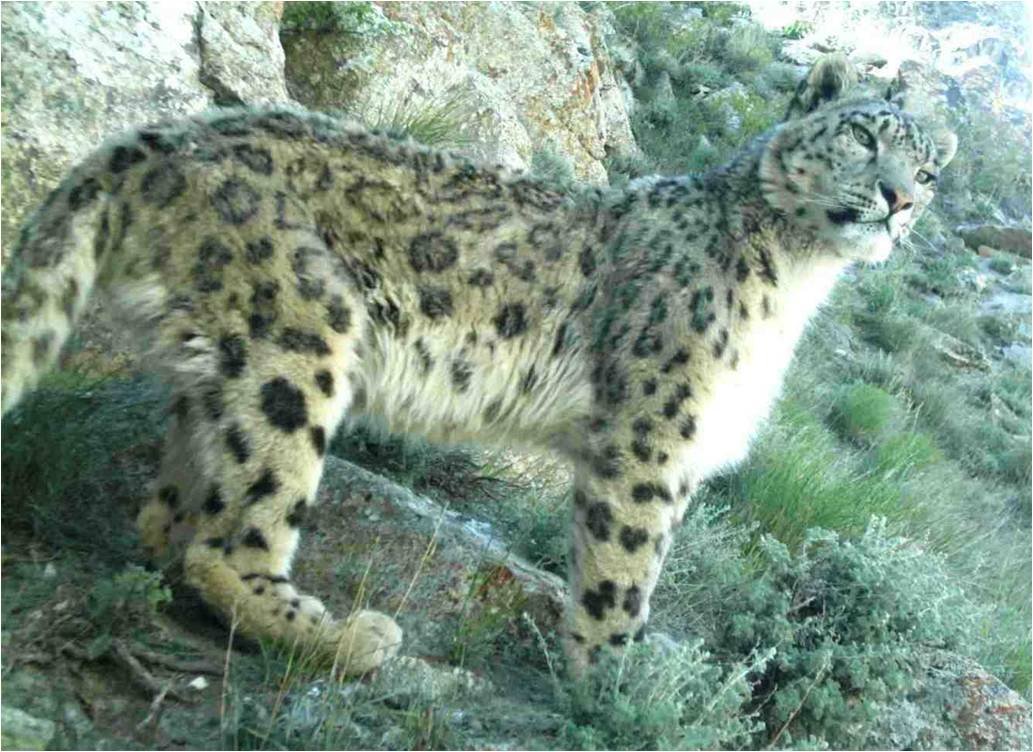
Raising awareness about big cat conservation is essential for garnering public support. Education programs, documentaries, and advocacy campaigns can help inform people about the importance of these animals and the threats they face. It’s like lighting a candle in the darkness, illuminating the path to a brighter future for big cats.
Policy and Legislation: Protecting Big Cats Through Law
Strong policies and legislation are necessary to protect big cats and their habitats. By enacting and enforcing laws that prevent poaching, habitat destruction, and illegal trade, governments can play a crucial role in conservation efforts. It’s like building a fortress, creating a safe space for these animals to thrive.
Research and Science: Understanding the Challenges
Research is vital for understanding the challenges facing big cats and developing effective conservation strategies. By studying these animals and their ecosystems, scientists can provide valuable insights and recommendations for protecting them. It’s like having a map, guiding us through the complex landscape of conservation.
Public Involvement: Everyone Can Make a Difference
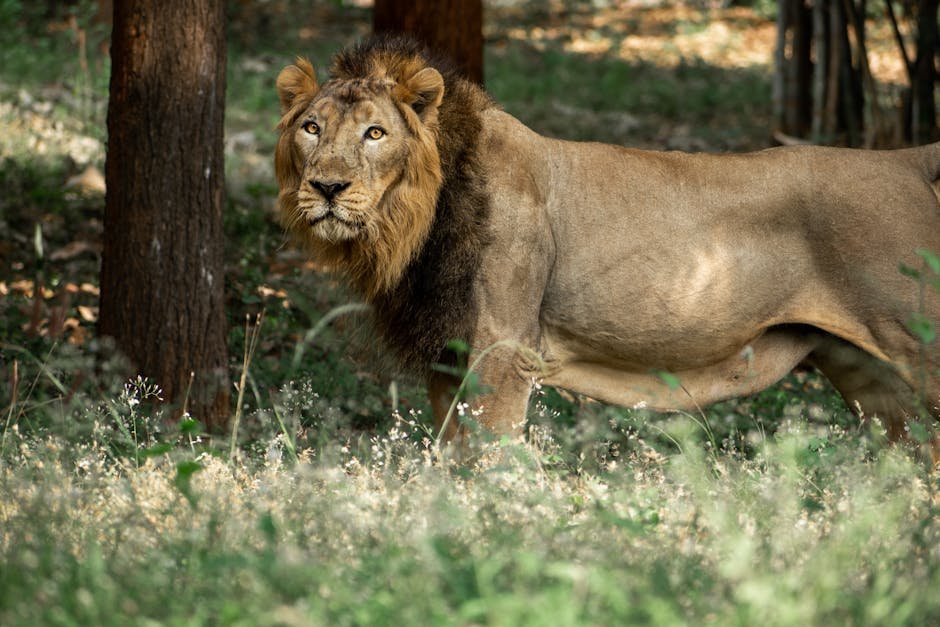
Every individual can play a role in big cat conservation, whether it’s through donations, volunteering, or simply spreading the word. By coming together and taking action, we can make a difference in the fight to save these incredible animals. It’s like a ripple effect, where small actions can lead to significant change.
The Future of Big Cats: A Call to Action
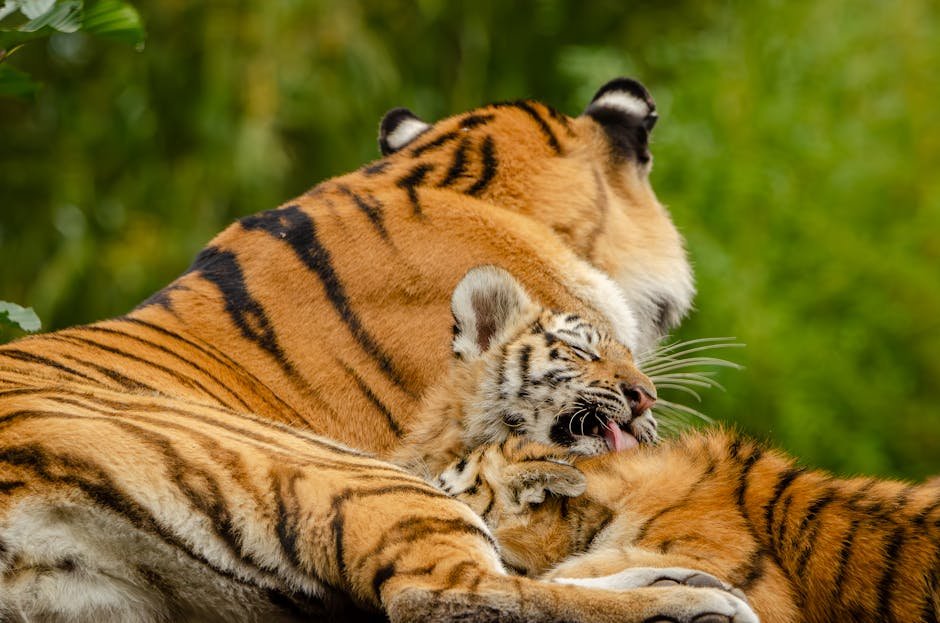
The future of big cats lies in our hands. By addressing the threats they face and working together, we can ensure that these magnificent animals continue to roam the wild for generations to come. It’s like planting a seed – with care and attention, we can watch it grow into something beautiful and enduring.
Hi, I’m Bola, a passionate writer and creative strategist with a knack for crafting compelling content that educates, inspires, and connects. Over the years, I’ve honed my skills across various writing fields, including content creation, copywriting, online course development, and video scriptwriting.
When I’m not at my desk, you’ll find me exploring new ideas, reading books, or brainstorming creative ways to solve challenges. I believe that words have the power to transform, and I’m here to help you leverage that power for success.
Thanks for stopping by, Keep coming to this website to checkout new articles form me. You’d always love it!






